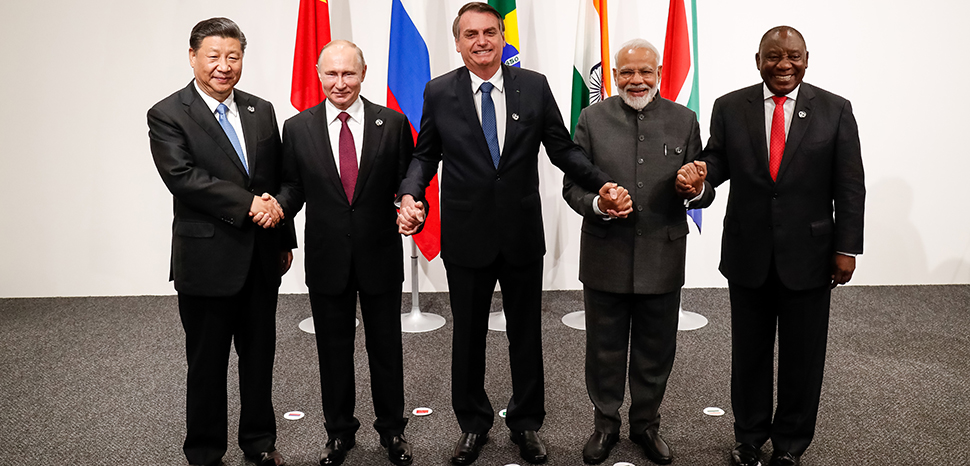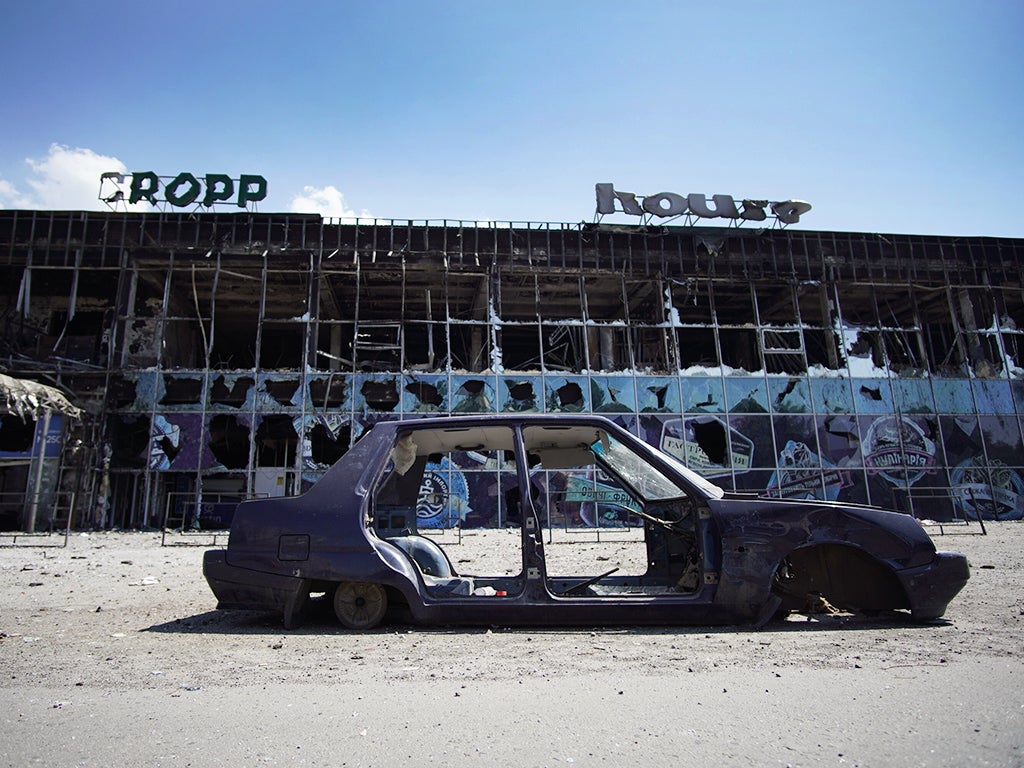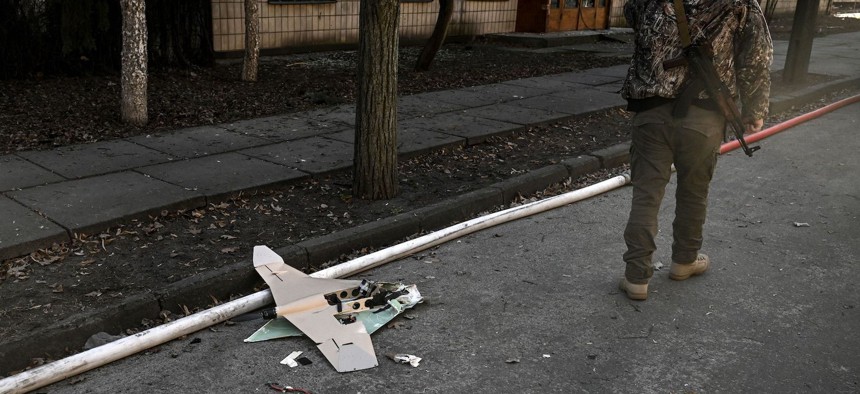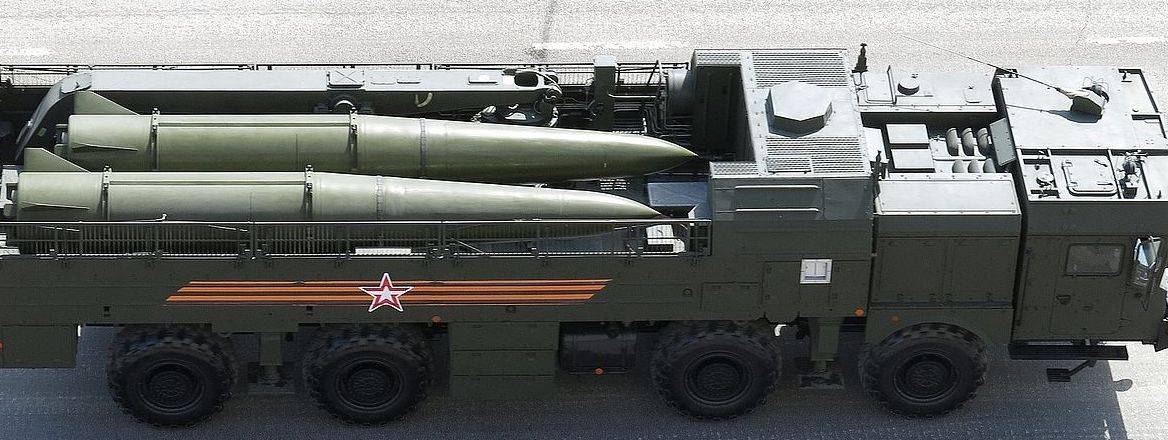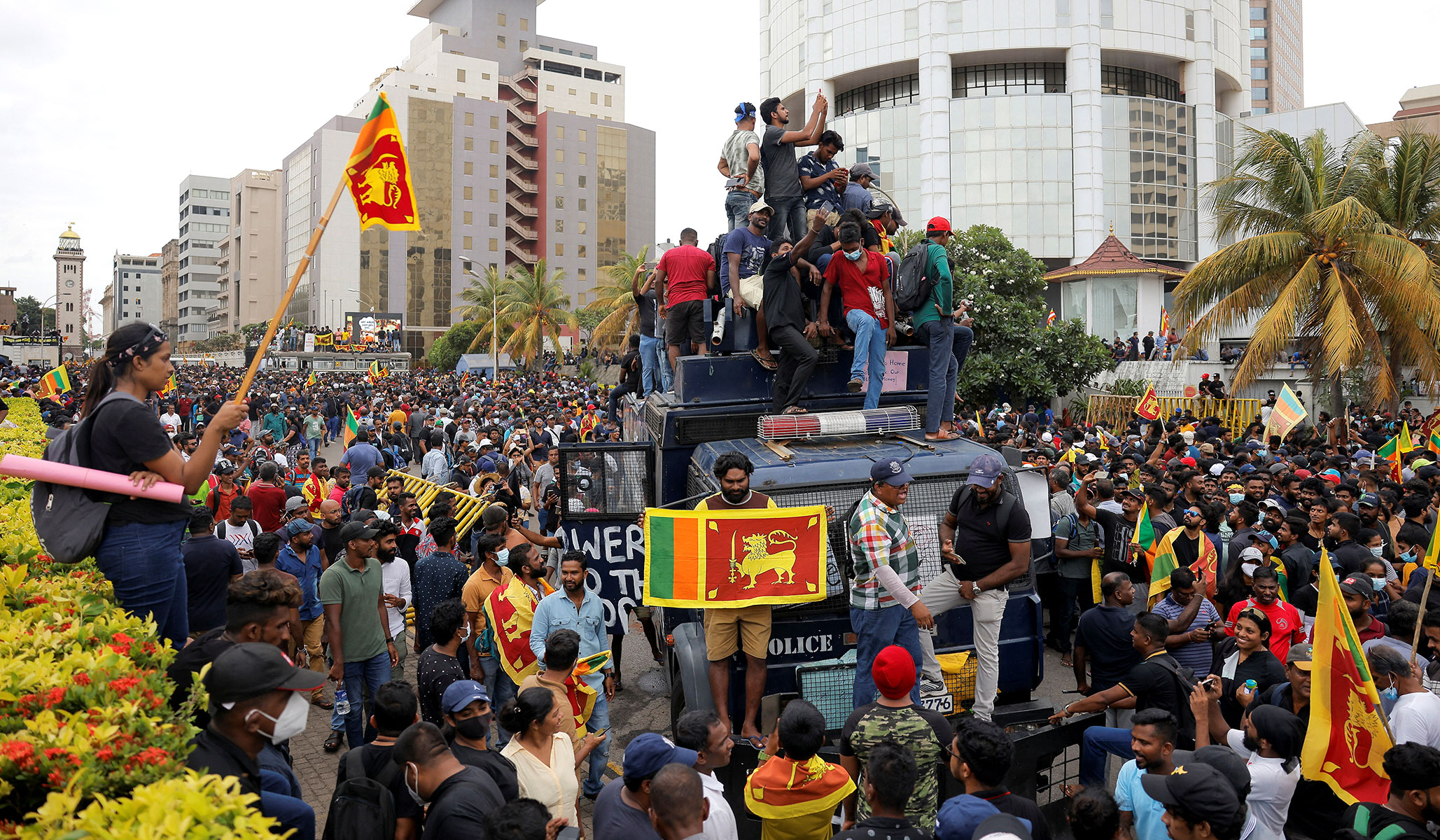
China has started building what it calls “the world’s most far-reaching radar” in the country’s southwest – a facility that could also have a military purpose, an analyst warned.
Chinese broadcaster CGTN said the new high-definition deep-space active observation facility code-named “China Fuyan,” or “Facetted Eye” for its resemblance to an insect’s eye, is being built in Chongqing Municipality.
The radar system would help “better safeguard Earth” by boosting “the country’s defense capabilities against near-Earth asteroids as well as its sensing capability for the Earth-Moon system,” the state-run broadcaster said.
